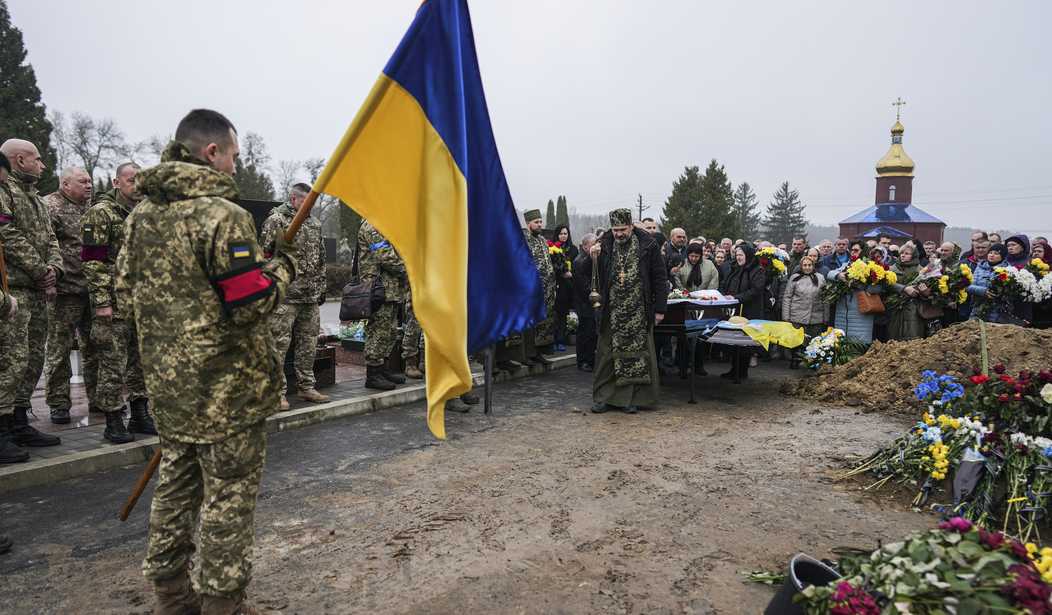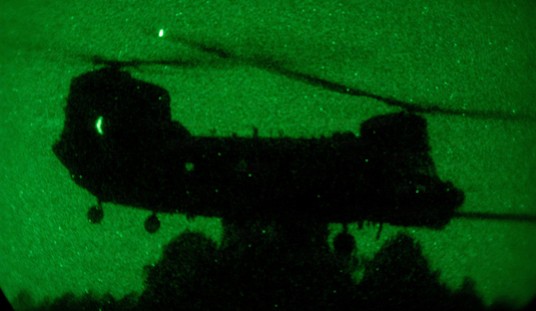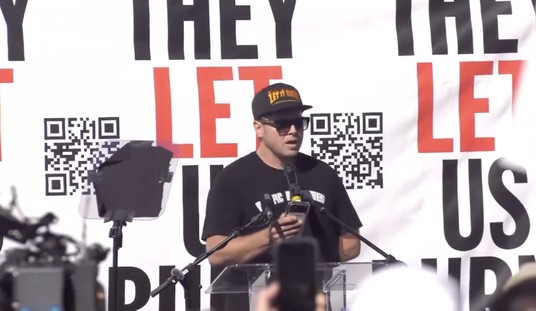On Thursday, NATO held an emergency meeting about Russia’s increasingly horrific and atrocity-filled invasion of Ukraine. However, unlike most NATO meetings, this one was substantive.
For starters, the attendees were not only NATO nations; there were also observers present: the European Union, Sweden, Finland, Georgia, Japan, South Korea, Australia, New Zealand, and Ukraine. If Putin was afraid of being surrounded before, he should take a quick look at his map now (just a reminder that Japan and Russia still have an unresolved border dispute, see Russia conducts military exercises in disputed islands). As if to validate the stereotype of the Germans being either “at your throat or at your heel,” the German Foreign Minister showed he was definitely at Putin’s heel by leaving early.
The main issue on the table was weaponry. Quantity, quality, and purpose were all concerns. To date, the weaponry supplied to Ukraine has been defensive, and the defensive weaponry has been careful not to tip the balance of power. At best, Ukraine could achieve a Russian withdrawal to February 23 lines in most of the country while going to a 1916-style stalemate in Donbas that would give up an extensive amount of territory and reward Putin’s land grab strategy. It was reminiscent of the Star Trek episode, “A Private Little War.”
To underscore the theme, Ukraine’s Foreign Minister made it very clear what he wanted.
“My agenda is very simple, it has only three items on it. Weapons, weapons & weapons.”
Ukraine Foreign Minister Dmytro Kuleba made a plea today at the NATO foreign ministers summit for allies to continue to provide weapons ahead of the Battle of Donbas. pic.twitter.com/jj2EAAkJkl
— Visegrád 24 (@visegrad24) April 7, 2022
“I think the deal that Ukraine is offering is fair. You give us weapons; we sacrifice our lives, and the war is contained in Ukraine. This is it.” – Ukraine Foreign Minister @DmytroKulebahttps://t.co/tQAvSDw4Y6
— Ben Domenech (@bdomenech) April 8, 2022
Even as the meeting took place, individual NATO countries, particularly those from the old Warsaw Pact, started to act, leaving the tired German-dominated NATO hierarchy to follow.
Video of the dozens of T-72 tanks and BMPs that Czechia sent to Ukraine.
In doing so, Czechia became the first country to provide Ukraine with tanks.
Tanks and SAM systems will be crucial in the coming Battle for the Donbas as the terrain there is open. pic.twitter.com/fLYLEhNeyD
— Visegrád 24 (@visegrad24) April 6, 2022
Ex-Soviet Heavy Armored spotted being moved out of Storage and onto Trains today in Czechia, this may be some of the Equipment that the Czech Government had received Approval from Germany to send to Ukraine specifically the BMP-1s, these T-72 MBTs are most likely being sent also. pic.twitter.com/cFD9LjTxVH
— OSINTdefender (@sentdefender) April 4, 2022
Australia had already committed to sending at least 20 of their version of the MRAP, the Bushmaster, to Ukraine.
📷🇦🇺 Australia-made Bushmaster vehicles with Ukrainian markings were seen being transported to a local airfield. #Ukraine #UkraineRussiaWar pic.twitter.com/LUhXFhXp24
— MilitaryLand.net (@Militarylandnet) April 5, 2022
The conference did break a logjam.
This morning, Poland announced it was transferring a large number of modernized T-72 tanks to Ukraine. More importantly, Slovakia is transferring its S-300 surface-to-air missile system to Ukraine.
BREAKING: Poland will send T-72 tanks to Ukraine – NATO Dep SecGen Geoana pic.twitter.com/S40T40Wqli
— AlexandruC4 (@AlexandruC4) April 8, 2022
The S-300 transfer is one battery consisting of four launchers, and it has capabilities roughly comparable to the US Patriot system. It represents 100% of Slovakia’s air defense capability.
Slovakia’s prime minister took the unprecedented step of personally announcing the move.
I would like to confirm that #Slovakia has provided #Ukraine with an air-defence system S-300. #Ukrainian nation is #bravely defending its sovereign country and us too. It is our duty to help, not to stay put and be ignorant to the loss of human lives under #Russia’s agression.
— Eduard Heger (@eduardheger) April 8, 2022
Prime Minister Heger’s announcement took guts because the idea of Slovakia transferring the S-300 to Ukraine unsettles the Russians enough that they have threatened to attack any attempt to move the system.
Russia says will attack Slovakia’s S-300 missile supplies to Ukraine https://t.co/iQVM3NzjhL
— Georgi Gotev & EURACTIV.bg (@GeorgiGotev) March 18, 2022
The S-300 system is a potential game-changer as 1) the Russian Air Force has shown itself to be monumentally inept at attacking surface-to-air missile sites, and 2) the range of the system allows targets to be engaged shortly after take-off from bases in Belarus and Russia.
The meeting seemed to augur a shift in NATO’s attitude from February. Then there was a feeling of resignation, and sending aid to Ukraine was just throwing good money after bad. Now NATO appears to be working more from the idea that not only can Ukraine win this war but that Vladimir Putin cannot be allowed to walk away looking like anything but a loser. The Prime Minister of Estonia, Kaja Kallas, penned an op-ed for the New York Times last week titled: I’m the Prime Minister of Estonia. Putin Can’t Think He’s Won This War.
To put an end to these horrors, the most optimistic observers have put their hope in a peace deal. But peace is not going to break out tomorrow. We must face up to the fact that the Kremlin’s idea of European and global security is completely at odds with that of the free world. And Vladimir Putin is willing to kill and repress en masse for the sake of it.At NATO, our focus should be simple: Mr. Putin cannot win this war. He cannot even think he has won, or his appetite will grow. We need to demonstrate the will and commit resources to defend NATO territory. To check Russia’s aggression, we need to put in place a long-term policy of smart containment.
I think she gets this exactly right. Putin’s fear of NATO is not driven by the alliance’s threat to Russia; it is driven by the way the alliance constrains Putin’s imperial ambitions. If Putin is given any face-saving measure in peace negotiations, he will spin that into a win and move on to another victim. And, by the way, don’t delude yourself that any peace in Ukraine is final; it isn’t because Putin and, I believe, Russia does not view Ukraine as a legitimate country, and they will be back for another try at dismembering it (read Kremlin Newspaper and a Putin Confidant Endorse Genocide as Russia’s Final Solution to the Ukraine Problem).
The only way to prevent it is to ensure that Russia knows that Ukraine has parity in weaponry and the people have the courage to fight for their homes.















Join the conversation as a VIP Member